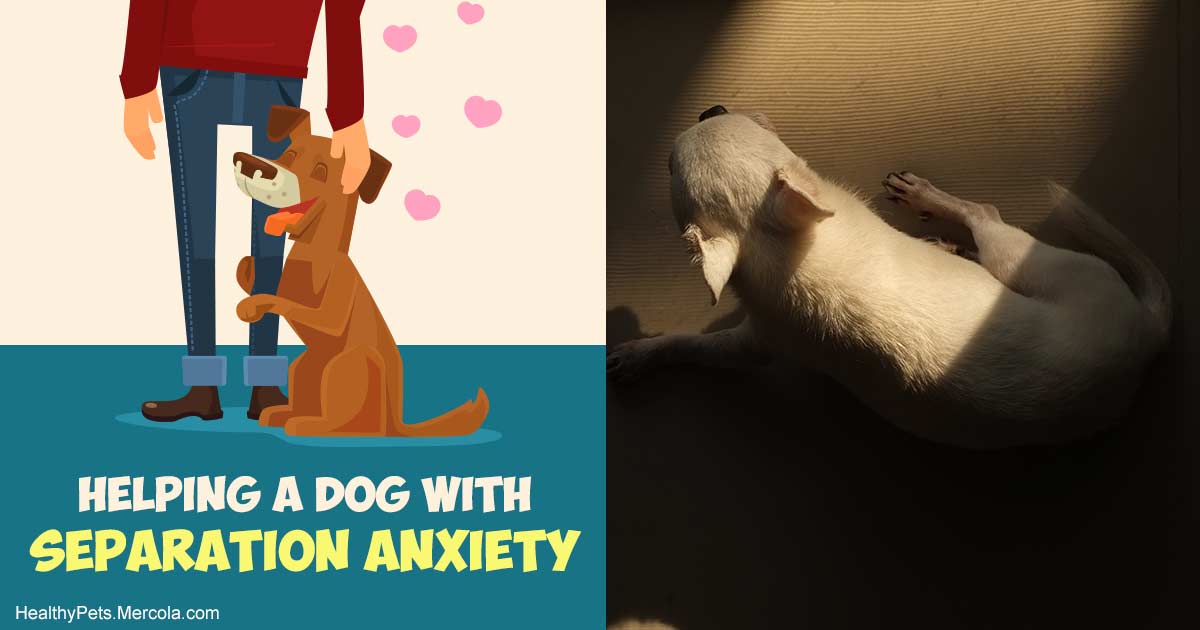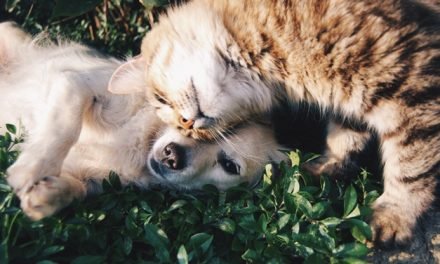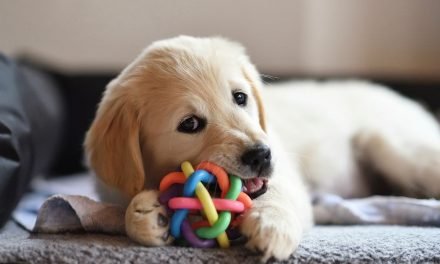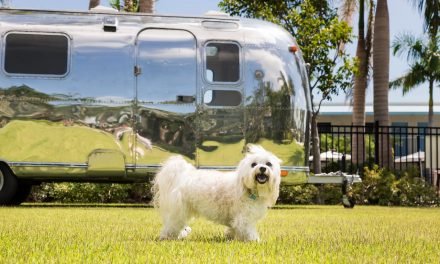I believe the term separation stress and anxiety might do an injustice to pets with the condition, due to the fact that unless you experience substantial stress and anxiety yourself, you might not recognize there’s more than one dictionary meaning of the word.
” Anxiety: (1) uncertain agitation or anxiety generally over a awaited or approaching ill.” 1
After all, the majority of us feel a bit worried, anxious or anxious regularly, set off by relatively ordinary things like driving in rush hour, boarding a plane, showing up for a medical consultation, speaking in front of a group, and lots more I might note. It’s in fact the 2nd meaning that much better explains what takes place to pets with separation stress and anxiety:
” Anxiety: (2) medical: a frustrating and irregular sense of apprehension and worry typically marked by physical indications (such as stress, sweating, and increased pulse rate), by doubt worrying the truth and nature of the risk, and by insecurity about one’s capability to manage it.” 2
Dogs typically offer us a heads-up to impending separation stress and anxiety. A puppy who at initially simply appears a bit overeager to see you can establish separation stress and anxiety under the best situations. Typically, prior to a pet has his very first full-blown stress and anxiety attack, it’s simple to error his panting, pawing welcoming each time you stroll through the door (even if you’ve just stepped outside to sweep the deck) as absolutely nothing more than the uncondi tional love of a pet dog for his human.
Another error canine moms and dads frequently make is to presume the damage their pet dogs trigger throughout an episode of separation stress and anxiety is wrongdoing. The misconception is that the tired, bad-tempered pet dog is exacting vengeance for being left. It’s essential to resolve your pet dog’s increased tension when you see it happening. Waiting up until he has full-blown stress and anxiety implies you can handle the condition, however it might be permanent.
.Let’s Establish What Separation Anxiety Is Not.
If the only problem your canine enters into while you’re away is chewing up a sock or pulling a couple of papers from the garbage, possibilities are she’s not distressed. She’s most likely simply tired or doing what pet dogs naturally do —– checking out the world with their mouths and noses.
It’s simple to differentiate a case of separation stress and anxiety from doggy monotony . When you’re not around and every time you’re not around, the habits that result from separation stress and anxiety take place just. When you’re preparing to leave the home and reveals indications of stress and anxiety prior to you go, it’s likewise most likely your pet has actually discovered your regimen.
Be conscious that some health conditions, for instance hypothyroidism and rabies vaccinosis , can trigger behavioral signs comparable in nature to the signs of separation stress and anxiety, so if you’re uncertain what you’re handling, make a visit with your vet to discuss your issues.
.’ Separation Panic’.
If your canine struggles with real separation stress and anxiety, she’s having an anxiety attack comparable to the kind people have. This is a condition over which she has no control. Typical habits in a pet with separation stress and anxiety consist of:
.Crazy greetings, whether you’ve run out her sight 5 minutes or 5 hours A requirement to be in the exact same space you’re in, within a couple of feet of you An obvious state of mind modification when she senses you’re preparing to leave your home Doing things while you’re away that she does not perform in your existence.
When left in your home alone, a canine with separation stress and anxiety will typically participate in a minimum of one and typically numerous of the following habits:
.Drooling —– Excessive salivation is thought about by specialists to be a warning for separation stress and anxiety when the excess drool just takes place when a pet dog is alone or thinks he’s alone. Vocalizing —– This is usually barking , whining, or growling that begins prior to you leave or not long after, and continues for the majority of the time you’re away. Possibilities are your next-door neighbors currently have or will quickly let you understand there’s an issue. Mishaps in your home —– Your canine has pee and/or poop mishaps in random places around your home instead of in one constant area, and this just occurs when he’s alone or thinks he’s alone. Harmful habits —– Dogs with separation stress and anxiety normally trigger damage to windows or doors (exit points), or individual products such as clothes, pillows, or the TELEVISION push-button control. Restricting these pets to a kennel or provider typically triggers an escalation of the habits and can lead to self-injury.
It’s extremely essential to recognize your pet dog’s devastating, out-of-control habits when he’s suffering a separation panic episode isn’t deliberate —– it’s the outcome of the extremely genuine fear he’s sensation. Lots of pet moms and dads see just the outcome of their family pet’s panic when they get house or hear from a fed-up next-door neighbor that the canine has actually been wailing for hours.
Helping your canine conquered the condition will include handling his stress and anxiety, initially —– not the habits it provokes. The earlier you resolve the stress and anxiety the much better long-lasting success you’ll have in handling the habits.
.Assisting a Dog With Separation Anxiety.When you’re momentarily away from house, #ppppp> The objective in treating your pet dog’s separation stress and anxiety is to lower her reliance on you so that she can feel safe. Assisting her feel more self-dependent can be achieved with a range of habits adjustment methods and other techniques.
.If you get here house to damage or a mess on the flooring, #ppppp> What you definitely never ever desire to do is shout at or utilize physical penalty with your pet dog. It’s really essential to keep in mind that these are not indications of misdeed, however medical stress and anxiety, and your canine isn’t in control when she’s doing them. Penalizing her, particularly after the reality, will just increase her stress and anxiety level.
When you’re at house and setting about your day or night, train your canine to presume a calm, unwinded attitude throughout “separations” when you’re in one space and she’s in another. Move a brief range from her (while you’re in the very same space) and then return and reward her with a reward.
Repeat this action at the very same range till you’re sure she’s extremely unwinded, and after that slowly increase the range up until you’re nearly out of the space, making certain to offer appreciation and deals with when she remains unwinded and in location.
Once you’ve increased the range up until you’re out of your pet’s sight, you can start to slowly increase the time she’s in one space and you’re in another. She requires more time to work up to that level of separation if the minute you’re out of sight your canine comes running.
This can be a months or weeks long procedure, however it’s typically extremely reliable. If you do not feel your pet dog is making great development or you require assistance, I suggest consulting your vet, a favorable pet fitness instructor, or a professional in canine habits .
Most individuals with pets who have separation stress and anxiety have actually been informed by vets, fitness instructors, and other educated individuals to overlook their family pet for a brief duration prior to they leave your house, and likewise when they return. This technique is planned to make comings and goings a non-event by overlooking the stress and anxiety instead of possibly enhancing it by providing the pet attention.
However, a current little research study of pets without separation stress and anxiety brings this technique into concern. The objective of the scientists was to identify whether mild petting prior to the owner leaves for a quick duration impacts pets’ habits and physiology. The outcomes of the research study revealed that petted pet dogs were calmer and less worried their owner’s lack. The scientists concluded:
” This pilot research study recommends that cuddling a pet dog prior to a short separation from the owner might have a favorable result, making the pet calmer throughout the separation itself. More research studies are required to evaluate more in depth its efficiency, particularly in pet dogs impacted by separation stress and anxiety.” 3
We actually require to await extra research study on how these research study results use to canines with separation stress and anxiety. We do not understand as soon as canines establish stress and anxiety this interaction might intensify their tension. My informed guess is that it depends upon the pet dog.
A calming touch prior to leaving isn’t hazardous in all cases and may be advantageous to briefly soothe slightly stressed out animals. As I kept in mind previously, this technique contrasts traditional knowledge on the topic, however it might end up being a case of “now that we understand much better, we can do much better.”
.More Recommendations.
Fortunately, there are lots of extra actions you can require to assist reduce stress and anxiety in your pet, consisting of the following.
Engage your canine in a minimum of one strenuous workout session daily. I can’t worry enough how advantageous extreme workout is for not just stress and anxiety, however monotony and habits issues. Opt for a laborious workout (or ball playing) session prior to you leave. When left alone, a worn out pet dog gets into less mischief.
Consider registering your canine in a nose work class, which is a fantastic method to assist him develop self-confidence.
Treat-release toys are a success with many pets. There are chewing-type toys that can be filled with damp food that is slowly launched as your canine chews. You can even fill one up and put it in the freezer, which is specifically beneficial for keeping a pet dog inhabited for a longer duration. There are likewise remote cams and deal with systems that let you talk with your family pet while you’re out of your home and give deals with through an app.
Invest in a scent diffuser, such as the Adaptil diffuser for pets. Species-specific scents are chemical compounds that can favorably impact an animal’s emotion and habits.
The necessary oil of lavender has actually likewise been shown to lower family pets’ tension action. I advise positioning a couple of drops on your pet dog’s collar or bed linen prior to a stress factor takes place, if possible, or diffuse the oil around your home for a total relaxing impact.
Talk with your vet about natural, standard Chinese medication (TCM) and Bach Flower Remedies that may be handy in relieving your canine’s stress and anxiety. Products I’ve utilized, constantly in combination with habits adjustment, consist of holistic aconitum or Hyland’s Calms Forte , Bach Rescue Remedy , Solutions Separation Anxiety , Green Hope Farms Anxiety , or other comparable treatments.
Also speak to your integrative veterinarian about relaxing nutraceuticals and herbs such as valerian and rhodiola.
If your pet’s separation stress and anxiety is extreme enough that he’s extremely harmful when left alone or you’re worried he may injure himself, you’ll require to make other plans for him while you work to fix his problems.
For example, think about taking him with you if possible. You can leave him with a caretaker —– possibly a pal who works from house or a retired next-door neighbor or relative. Depending upon your budget plan, you can likewise work with a pet dog caretaker to remain in your house throughout your lack or enlist him in doggy daycare. With perseverance, time and perseverance, many pet dogs with separation stress and anxiety can be eliminated of the worst of their unpleasant signs.
.Sources: PetMD Comments ( 1 ).
Read more: healthypets.mercola.com






Recent Comments